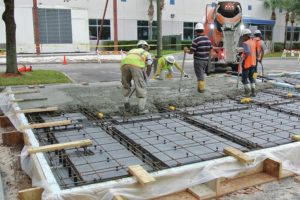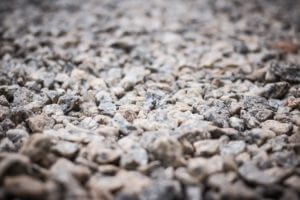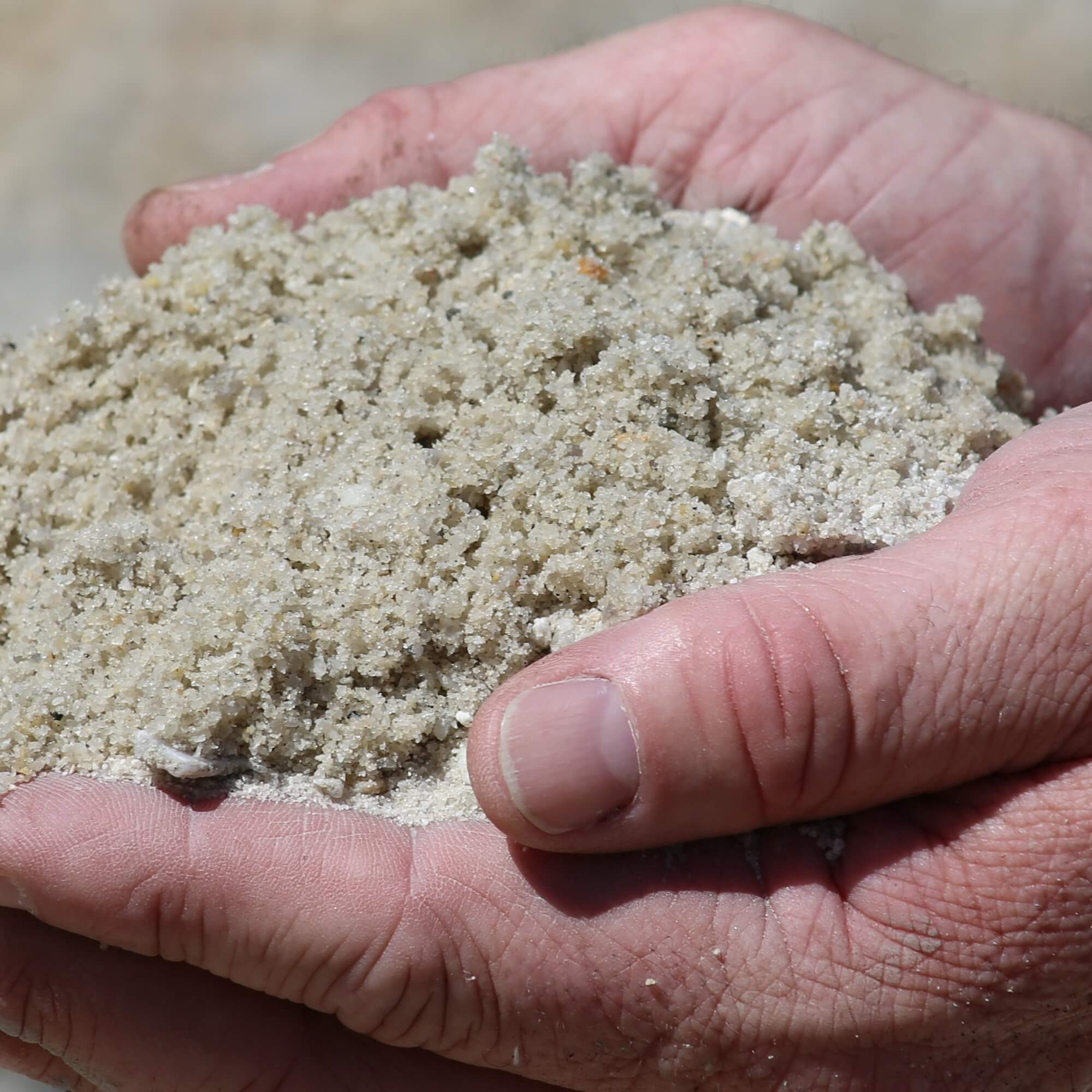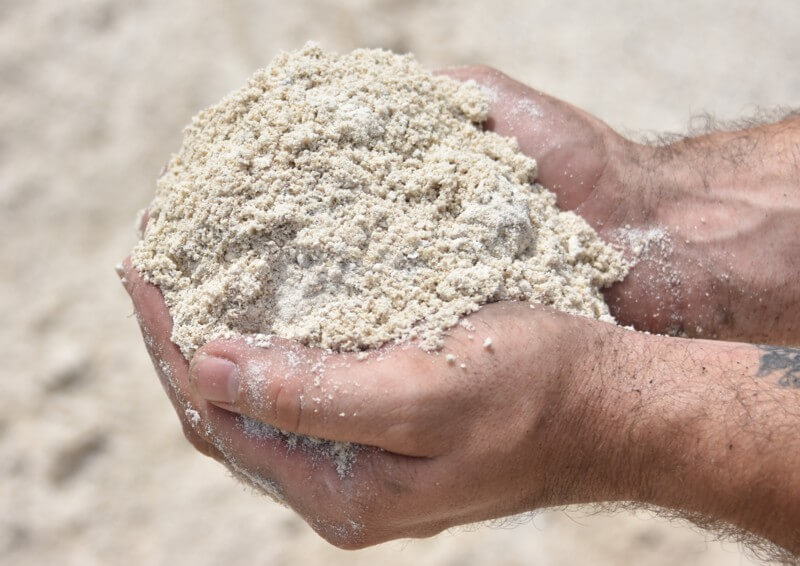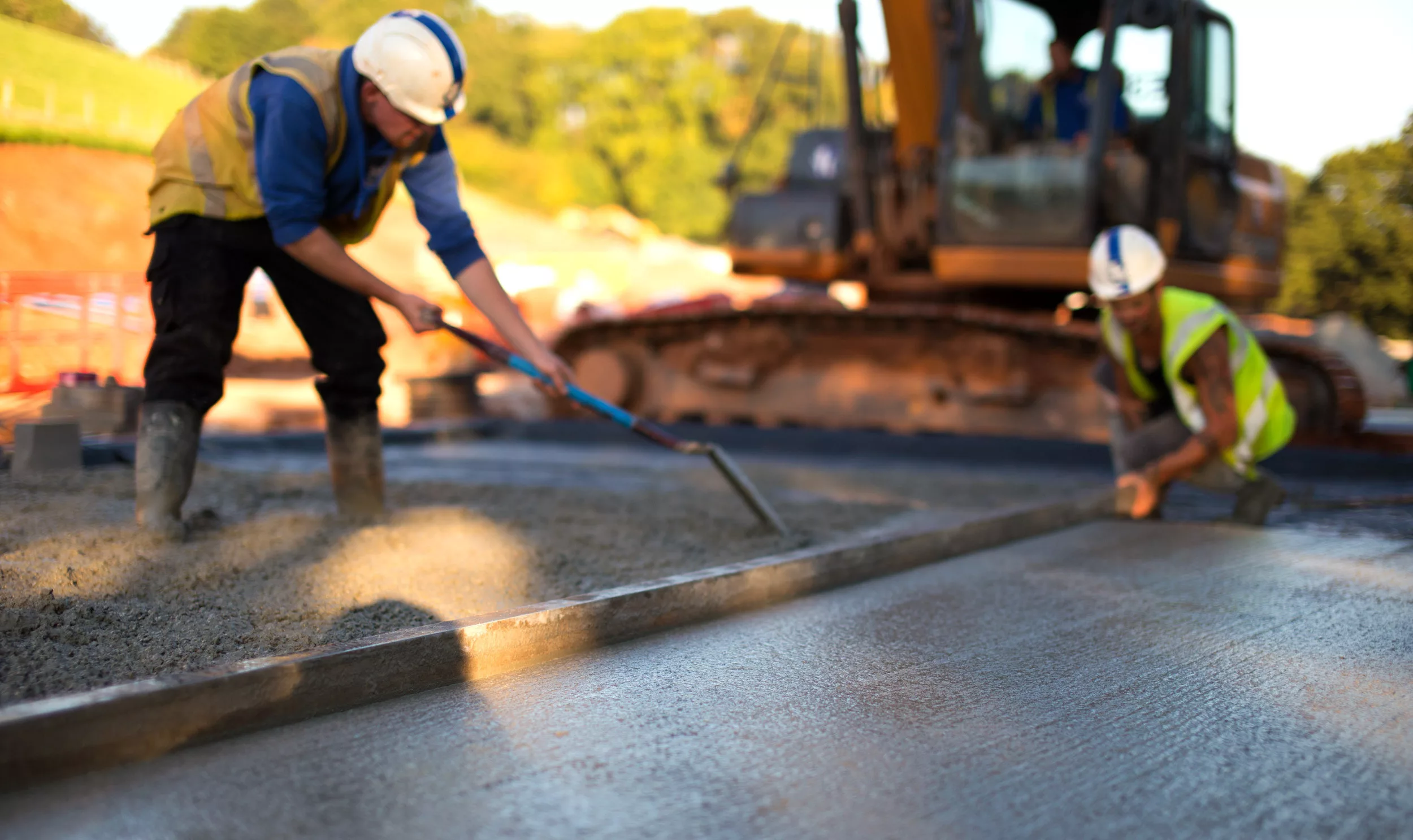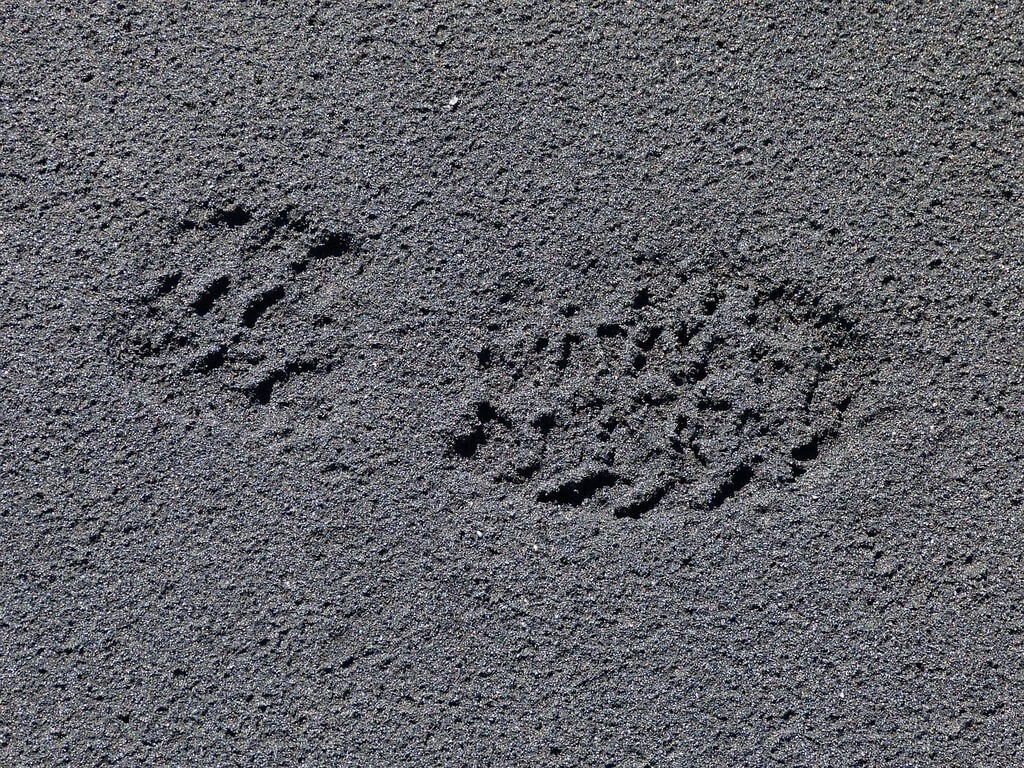
The Concrete sand is a little stone called aggregate sand composed of gneiss, granite rock or limestone. This specific type of sand firstly screened and then washed adequately. The quality is generally crushed at the quarry then washed condition.
This process is made for checking that is anything raw material of there is no big piece of rock in the article. It is mostly used in hot asphalt or cement as a critical ingredient. It can also be used in the base layer, pipes and levelling medium for under or above ground patios & pools, and or footpath making with stones of concrete paving.
Properties
- Color: Light brown
- Shape: Sub-angular to rounded
- Size: US Sieve
- Weight: In per cubic yard approximately 1.4 tons
- Source: From Sand Plant Corson
Applications
- Deicing sand
- Drainage/ Altera-filtration
- Fill with Granular
- Aggregate in Cement Concrete
- Bedding
- Blotting sand
- Flush seal of sand
Uses of Concrete Sand
This is important for using the right type, and better quality of aggregates should be optimized. Two types of aggregates fine and coarse aggregates. Generally compulsion of concrete volume up to 60% to 75%. 70% to 85% by mass the concrete’s freshly mixed and hardened mixture proportions & property of real sand and economy.
The first type of Fine aggregates generally consists of natural sand (Fig. 5-1) or crushed stone in little pieces up to a size of 5 mm (0.2 in.). Requirements of as well as water and cement most probably an Aggregate proportions, shrinkage, pump ability, durability, porosity and workability of concrete. Concrete from Variations in grading majorly affects the uniformity of the concrete step to step.
Workability of Concrete Sand
Unworkable mixtures fine sands are not economical. Concrete sands and coarse aggregate can produce harsh in combination. In generally produce the most satisfactory results of aggregates that is tough to give a smooth grading curve aggregates but do not deficiency or excess of any size. The large aggregate particles of uniform size are the effect of a collection of various sizes. In reducing the total volume of voids in between aggregates is illustrated.
The specified concrete sands texture after washing concrete and is used it anywhere. It can be mixed compaction and improve porosity into native clay-based soils with organic alleviate. When weight is not an issue, it is one of the best primary coarse concrete sand textured its No. A-1 Soils use its custom soil mix.
Mixing of Concrete Sand
Mixing with cement and aggregate for concrete work Uses of concrete and have included, filling of palms, pavers, and horse arenas. The best concrete sands get from California Sand. It also called fine aggregate. In the production of concrete is usually used in the mortar. Sand is crushed into small pieces then it takes into the filtered to confirmation that no massive rock particle is included.
After that mixing of cement and water, then that fills the air spaces between the coarse aggregate. Sands can also be used in pipe sand or walkways as a levelling medium and pools, patios or though uses in the creation of cement.
After getting a project and to work on it, you would have to search for materials. These materials will help you to fulfil your needs. There are countless materials to construct ground pools, patios, or walkways. If you are looking forward to meeting the best ingredient for construction, concrete sand stands at the top-rated place. There are multiple types of sand. For instance, Concrete sand, Crushed Stone, Beach Sand, Utility Sand, and Fill Sand. Most noteworthy, concrete sand is the Queen of all types.
The basic facts about it
Here are the basic facts that you should know about sand concrete while going for it. Firstly, it is a combination of gneiss, trap rock, granite, or limestone. It has a reputation in the market because of its quality. Most of the people use it to gain long-lasting power of a project.
Secondly, your work is useless and incomplete unless or until you add sand. Thirdly, sand would make concrete stronger than your expectations. What are the exclusive benefits and uses of concrete sand?
Here is the best combination of benefits and uses of this sand. You can note them. As a result, you can buy it and use it for your projects easily
- It is a filler that is used for securing the power of your work.
- Builders professionals buy and use it to create cement and asphalt materials.
- Further, they use it for levelling the ground for pools, patios, and walkways.
- This material provides stability as pipe sand or as a base layer for concrete paving stones.
- It also provides wonderful properties and the bedding layer is one of them.
- Professionals wash and crush it over the floor during the construction.
- This sand comes in a variety of sizes, which makes it ideal for filling joints, the spaces that occur between stone pavers.
Read More: 10 Types of Construction Sand
Final Verdict
To sum up the whole discussion, we can say that this sand is useful to build different places. It is mostly used all over the world because of its power and usage. Above all, sand can add a wonderful volume to the concrete. Therefore, you can rely on it without any tension.
[sc_fs_multi_faq headline-0=”h2″ question-0=”Is concrete sand the same as sharp sand?” answer-0=”Also recognized as ‘grit sand’ or ‘concrete sand’, washed sharp sand is more coarse and has larger particles than other construction sands such as the builder’s sand, which consists of more distinct grains. … Typically, sharp sand is used within applications where more power and less flexibility is required.” image-0=”” headline-1=”h2″ question-1=”Can I make concrete without sand?” answer-1=”While sand is the usual common aggregate managed to create concrete, you can also mix cement by gravel, crushed stone, or even parts of old concrete. … The quantity of water you mix in order depends on the aggregate substance, but you’ll want somewhere within 15 to 20 per cent of water.” image-1=”” headline-2=”h2″ question-2=”How to wash sand for concrete?” answer-2=”To wash sand, inserted it in a drum, cover it including water, stir thoroughly, let stand for a moment, and pour off the liquid. One or a couple of such treatments will exclude most of the very fine material and natural matter. Estimating Loads of material needed. Calculate the volume of concrete needed.” image-2=”” headline-3=”h2″ question-3=”Why do you need sand in concrete?” answer-3=”The force of the concrete is inversely proportionate to the water/cement ratio. In different words, the more water you use to process the concrete, the weaker the concrete mix. … The sand and the aggregate relief to reduce the cost and also limit the amount of shrinking that happens to the concrete as it cures.” image-3=”” count=”4″ html=”true” css_class=””]

